Low Vision
Care Program
Improve your vision and quality of life
At New Insight Family EyeCare, Dr. Nicole Adam offers low vision care and rehabilitation using Eschenbach’s Low Vision Program at both the Prospect and Southbury offices. This is an effective service that can give you back your quality of life.
Eschenbach’s low vision care program

Struggling to do simple everyday tasks because of low vision, such as watching television, reading, or writing can be discouraging and extremely frustrating. Fortunately, it doesn’t have to be this way.
Eschenbach’s low vision care program is offered to patients with a visual acuity of 20/50 or worse and those with contrast or field loss. It can be used in conjunction with any medical treatment being received and helps create a complete treatment plan to maximize the outcome.

Vision Contrast is the ability to identify differences in object shading and distinguish their outlines, making them visible from their backgrounds.
A visual field is viewing the full area around you. The biggest symptom of visual field loss is when a portion of the field is blurry or completely dark (a blind spot). This usually occurs from damage to the visual signal that travels from the eyes to the brain.
Introduction to Eschenbach’s Low Vision Care
Eschenbach has established itself as a leader in providing comprehensive low vision care solutions. With a mission to enhance the quality of life for individuals with visual impairments, Eschenbach offers a range of innovative low vision aids designed to meet diverse needs. These solutions not only aid in daily activities but also empower users to maintain their independence and improve their overall well-being.
Range of Products and Solutions
Eschenbach’s commitment to low vision care is evident in its extensive range of products. Each product is meticulously designed to address specific visual challenges. Among the most popular offerings are the Eschenbach magnifiers, which come in various forms, including handheld, stand, and illuminated magnifiers. These tools provide critical assistance for reading, writing, and other detailed tasks.
Additionally, Eschenbach offers telescopes that help users with distance viewing, making it easier to see objects far away, whether it’s reading street signs or watching a performance. Their reading devices, both manual and electronic, cater to those who need enhanced text visibility. Electronic visual aids, such as video magnifiers, combine cutting-edge technology with ease of use, offering significant magnification and clarity for both reading and viewing objects.
Benefits of Eschenbach’s Low Vision Products
The benefits of Eschenbach’s low vision aids are manifold. Primarily, they significantly improve the quality of life for individuals with low vision by enabling them to perform daily activities independently. Whether it’s reading a book, writing a letter, or engaging in hobbies, these aids restore a sense of normalcy and independence.
Moreover, Eschenbach’s low vision care solutions are designed to be user-friendly, ensuring that individuals can use them with minimal assistance. This ease of use is crucial for those who may have additional physical limitations. By enhancing accessibility, Eschenbach’s products help users regain confidence and self-reliance.
Innovative Technology and Design
One of the standout features of Eschenbach’s low vision aids is the innovative technology that underpins their design. Eschenbach magnifiers, for instance, utilize high-quality optics that provide clear and distortion-free magnification. The company’s dedication to using advanced materials and technology ensures that users receive the best possible visual aid.
Ergonomic design is another hallmark of Eschenbach’s products. Understanding that comfort and ease of use are paramount, Eschenbach has developed aids that are lightweight and easy to handle. Features such as adjustable arms and ergonomic grips make prolonged use more comfortable and less tiring.
Eschenbach also integrates modern technology into its electronic visual aids. Video magnifiers, for example, offer digital magnification and image processing features that significantly enhance text and image clarity. These devices often come with additional features like color contrast adjustment and text-to-speech functionality, further improving usability for individuals with low vision.
Understanding Low Vision: Symptoms, Causes, and Solutions
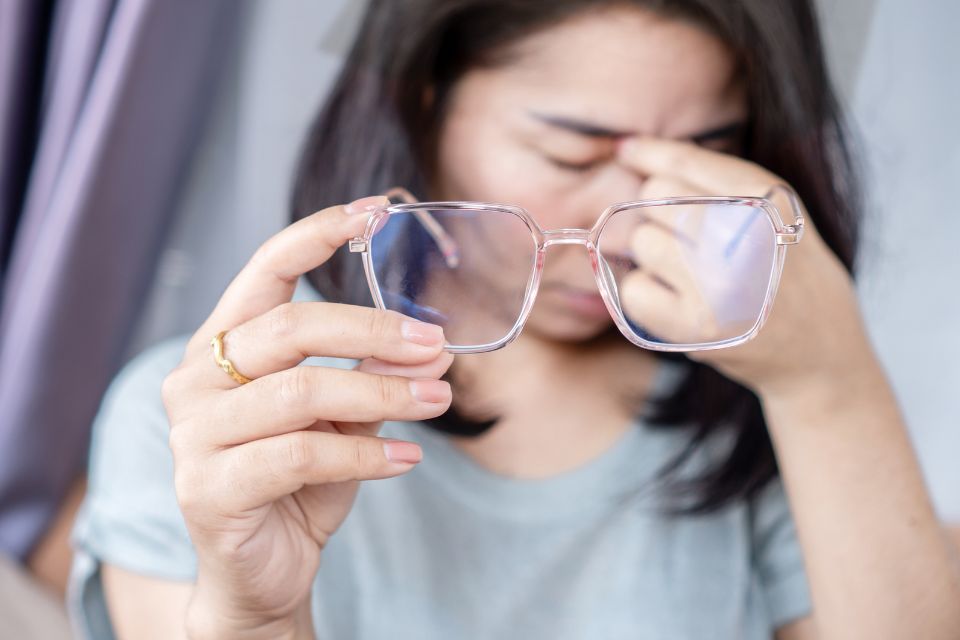
Low vision is a condition that affects millions of people worldwide, significantly impacting their quality of life. Unlike complete blindness, individuals with low vision still have some degree of sight, but it is not enough to perform daily activities without assistance. Understanding low vision, recognizing its symptoms, and knowing the causes are crucial steps in managing this condition effectively.
What is Low Vision?
Low vision is defined as a significant visual impairment that cannot be fully corrected with conventional glasses, contact lenses, medication, or surgery. People with low vision often find it challenging to read, drive, recognize faces, and engage in other daily activities. This condition differs from complete blindness in that individuals retain some usable vision.
The prevalence of low vision is increasing, particularly among older adults. According to the World Health Organization, over 246 million people globally suffer from low vision, and this number is expected to rise with the aging population. Early detection and intervention are vital in managing the condition and maintaining a good quality of life.
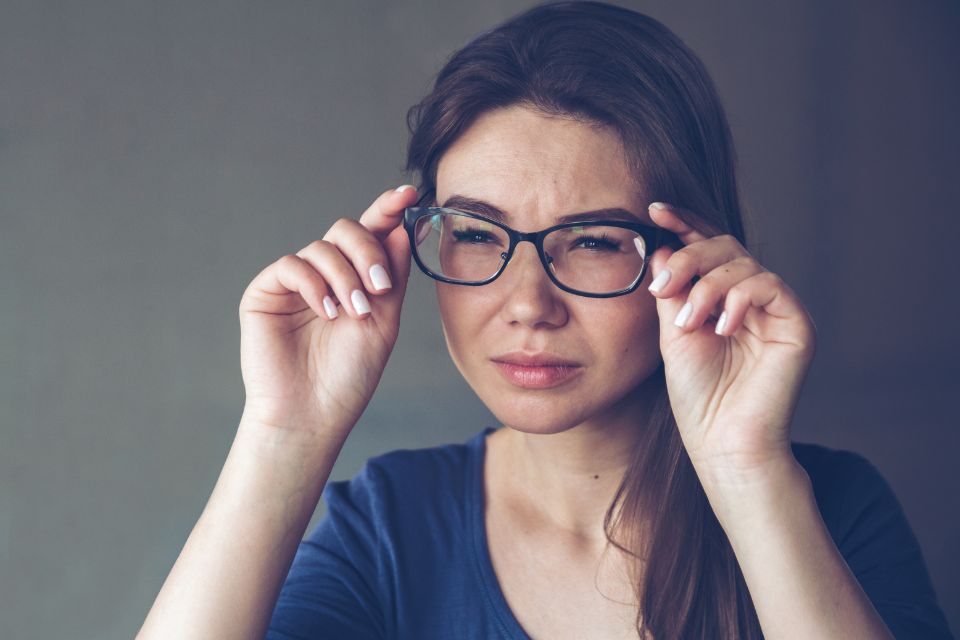
Symptoms of Low Vision
Identifying the symptoms of low vision early can help in seeking timely medical advice and intervention. Common symptoms of low vision include:
- Difficulty Reading and Recognizing Faces: Individuals with low vision may struggle to read printed text, even with glasses, and often have trouble recognizing faces, which can lead to social challenges.
- Problems with Navigating in Low Light or Bright Sunlight: Adjusting to different lighting conditions can be difficult. People with low vision may find it hard to see in dimly lit environments or experience discomfort in bright sunlight.
- Reduced Central or Peripheral Vision: Some may experience a loss of central vision, making it hard to see details directly in front of them, while others might lose peripheral vision, affecting their ability to see things to the side.
- Experiencing Blurry or Hazy Vision: Vision may appear blurred or hazy, making it difficult to perform tasks that require sharp focus.
- Frequent Changes in Vision Prescription: Rapid changes in vision and frequent updates to prescriptions can indicate an underlying problem.
If you or someone you know is experiencing these symptoms of low vision, it is essential to consult an eyecare professional for a comprehensive eye examination.
Causes of Low Vision
Understanding the causes of low vision is crucial in addressing the condition and finding appropriate treatments. The primary causes of low vision include:
- Age-Related Macular Degeneration (AMD): This condition affects the macula, the central part of the retina responsible for detailed vision. AMD is a leading cause of low vision in people over 50.
- Diabetic Retinopathy: Diabetes can damage blood vessels in the retina, leading to vision impairment. Diabetic retinopathy is a common cause of low vision among adults with diabetes.
- Glaucoma: This group of eye conditions damages the optic nerve, often due to high intraocular pressure. If untreated, glaucoma can lead to permanent vision loss and low vision.
- Cataracts: Cataracts cause the lens of the eye to become cloudy, resulting in blurry vision. While cataracts can often be treated with surgery, untreated cataracts are a significant cause of low vision.
- Retinitis Pigmentosa: This genetic disorder affects the retina’s ability to respond to light, leading to a gradual loss of vision.
- Other Less Common Causes: Conditions like optic neuropathy, retinal detachment, and severe refractive errors can also lead to low vision.
In conclusion, low vision is a complex condition with various symptoms and causes. Early detection, understanding the symptoms of low vision, and recognizing the causes of low vision are essential steps in managing and mitigating its impact. If you experience any signs of low vision, contact us today to explore your options and maintain the best possible quality of life.
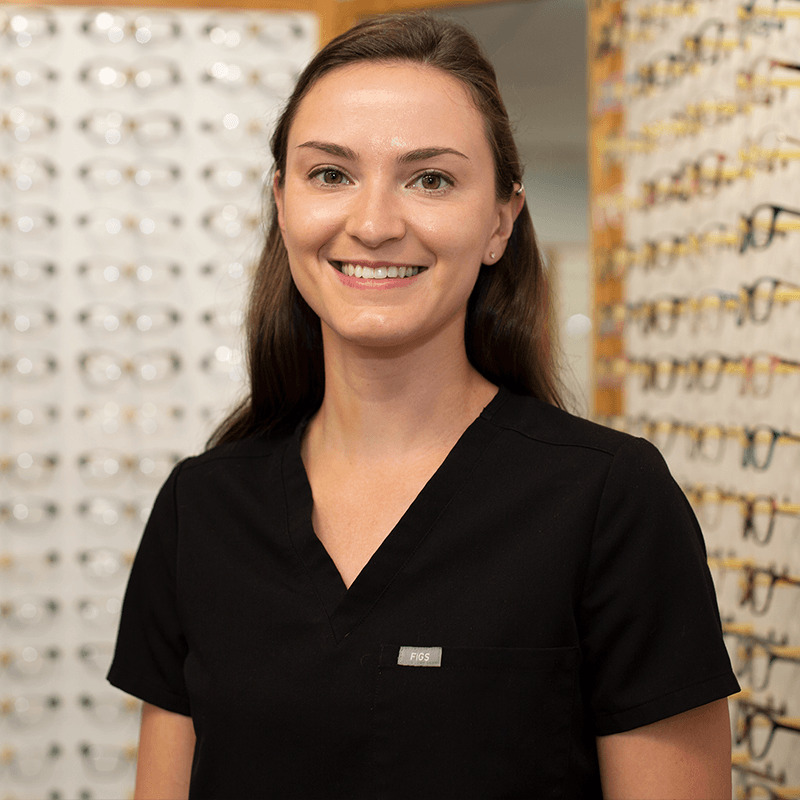
Dr. Nicole Adam offers a high-quality Eschenbach product to her patients with vision loss.
Through a specific process she helps to identify your visual goals, determines which product best suits your needs, selects the appropriate visual aids for your personal goals, and helps teach you how to use and care for the chosen devices.
Stop letting low vision control your life! Call and schedule an appointment with Dr. Nicole Adam today.
The future is clear with New Insight Family EyeCare.

1320 West Main Street Waterbury, CT 06708
Phone: (203) 755-4941
Fax 🖷: (203) 573-8372
Email: waterbury@newinsighteyecare.com
Hours
| Sunday | Closed |
| Monday | 8am-5pm |
| Tuesday | 8am-5pm |
| Wednesday | 8am-6pm |
| Thursday | 8am-5pm |
| Friday | 7am-3pm |
| Saturday | Closed |

67 Waterbury Road Prospect, CT 06712
Phone: (203) 758-4447
Fax 🖷: (203) 573-8372
Email: prospect@newinsighteyecare.com
Hours
| Sunday | Closed |
| Monday | 8am-6pm |
| Tuesday | 8am-5pm |
| Wednesday | 8am-5pm |
| Thursday | 8am-5pm |
| Friday | 7am-3pm |
| Saturday | Closed |
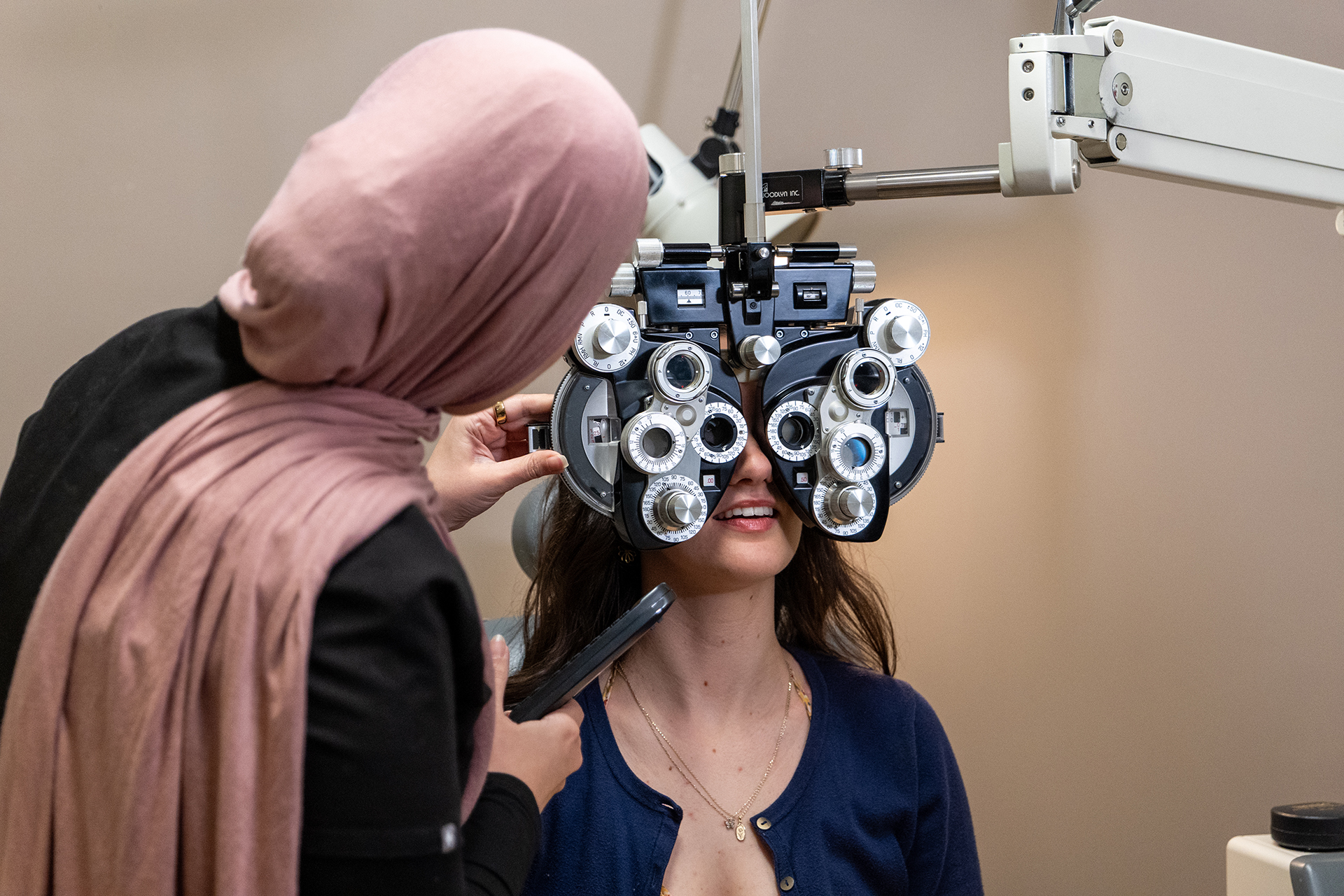
1449 Old Waterbury Road Suite 304 Southbury, CT 06488
Phone: (203) 267-2020
Fax 🖷: (203) 267-2021
Email: southbury@newinsighteyecare.com
Hours
| Sunday | Closed |
| Monday | 8am-5pm |
| Tuesday | 9am-6pm |
| Wednesday | 8am-5pm |
| Thursday | 8am-5pm |
| Friday | 8am-4pm |
| Saturday | Closed |
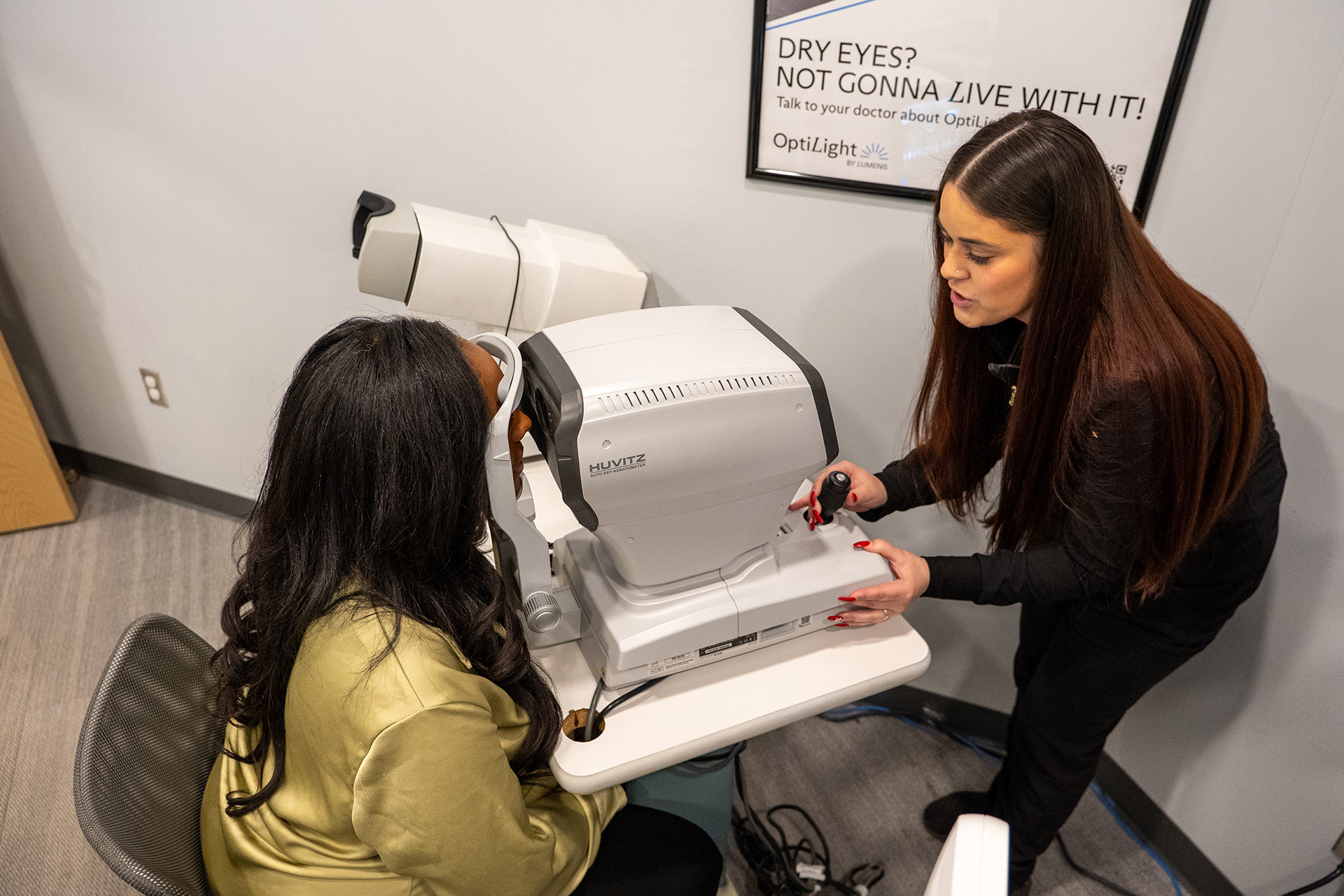
20 Waterside Drive Suite 102 Farmington, CT 06032
Phone: (860) 674-0307
Fax 🖷: 860-677-2766
Email: farmington@newinsighteyecare.com
Hours
| Sunday | Closed |
| Monday | 8am-1pm |
| Tuesday | 8am-5pm |
| Wednesday | 8am-5pm |
| Thursday | 9am-6pm |
| Friday | 8am-4pm |
| Saturdays |
Closed |
